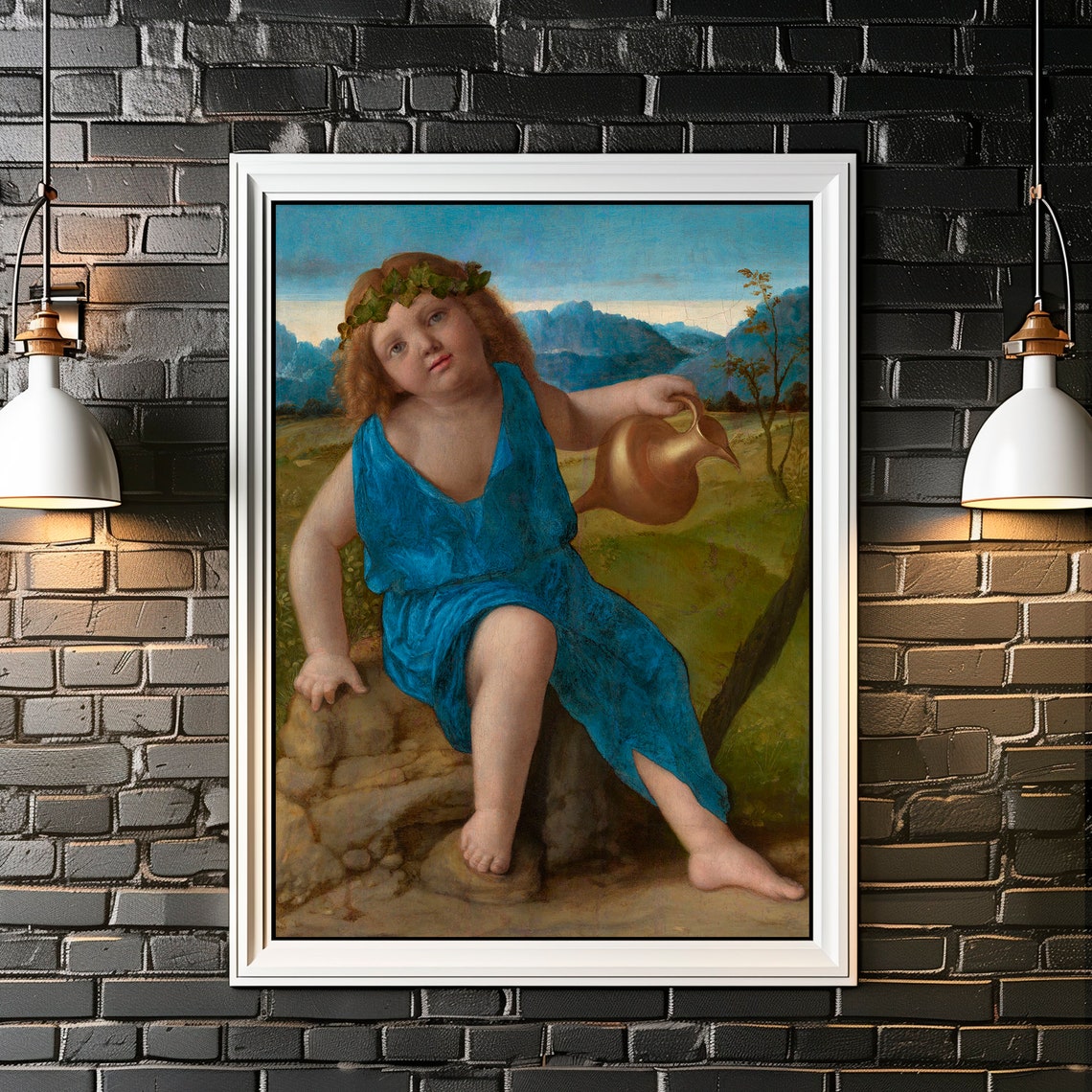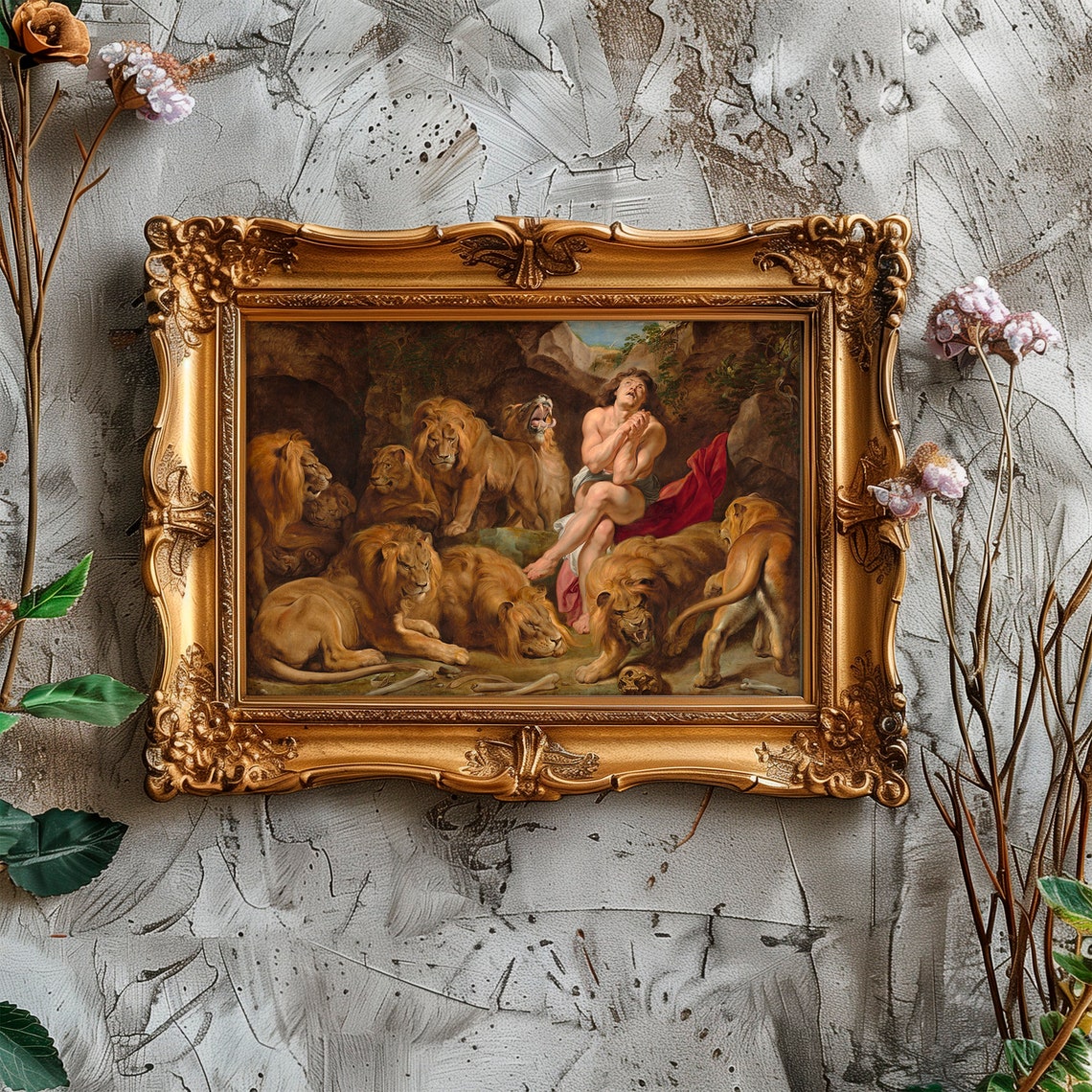
As you gaze upon Giovanni Bellini’s ‘The Infant Bacchus,’ you are met with a serene yet enigmatic portrayal of this mythological figure. The artist’s choice to depict Bacchus as a child, or baby, raises intriguing questions about the symbolism behind this representation. Delve into the layers of meaning behind this unique depiction to uncover the hidden narratives and messages that Bellini masterfully weaves into the canvas, inviting you to explore the complexities of this Renaissance masterpiece further.
Artist Background and Influences
Giovanni Bellini, the Italian Renaissance artist renowned for his religious paintings and mastery of color and light, played a pivotal role in shaping the development of Venetian Renaissance art, greatly influencing the collection of paintings in museums across the world. One of his notable works, ‘The Infant Bacchus’, currently displayed at the National Gallery of Art in Washington, D.C., exemplifies his artistic legacy.
Bellini’s influence extended beyond his contemporaries, with artists like Titian benefiting from his mentorship and contributing to the legacy that enriches museum collections worldwide. Carlo Ridolfi, an art historian, praised Bellini for his ability to infuse Christian themes with Renaissance ideals, showcasing a harmonious blend of naturalism and emotion in artworks that now grace the collections of major museums.
Samuel H. Kress, an art collector, recognized Bellini’s technical skill and emotional depth, which are evident in works such as ‘Madonna of the Meadow’ and ‘St. Francis in the Desert’. The panel transferred painting technique utilized by Bellini in ‘The Infant Bacchus’ demonstrates his innovative approach to capturing divine essence through color and light, solidifying his place in the annals of art history.
Mythological Symbolism in the Painting
With its depiction of the Roman god Bacchus as a young boy, the Infant Bacchus painting by Giovanni Bellini subtly intertwines mythological symbolism within its captivating imagery, making it an intriguing object of study for art historians and a treasured piece in museum collections. The artwork, once owned by Frederick Richards Leyland before being acquired by the Duveen Brothers in New York in 1927, holds deeper meaning beyond its enchanting facade.
Bellini’s portrayal of Bacchus as an infant possibly symbolizes the winter solstice, hinting at rebirth and renewal. This interpretation aligns with the god’s associations with fertility, wine, and ecstasy in Roman mythology. Furthermore, the painting shares similarities with Bacchus in ‘The Feast of the Gods,’ emphasizing the continuity of Bacchus’s persona across artistic representations, including his early life under the care of the nymphs of Nysa.
Through Bellini’s skillful brushstrokes and nuanced symbolism, the Infant Bacchus transcends mere visual beauty, inviting viewers to delve into the rich mythological tapestry woven into the painting’s essence.
Color Palette and Composition Analysis
The harmonious blend of rich hues and strategic arrangement in The Infant Bacchus painting evokes a sense of divine serenity and contemplation. Bellini’s choice of colors, such as the deep reds, lush greens, and shimmering golds, creates a warm and vibrant atmosphere that envelops the viewer in a sense of tranquility, making it a cherished object in any art collection.
 The Infant Bacchus by Giovanni Bellini / Etsy
The Infant Bacchus by Giovanni Bellini / Etsy
The central positioning of Bacchus in the composition draws the eye to the figure, emphasized by symbolic elements like the grapes and vine wreath surrounding him. Bellini’s meticulous attention to detail is evident in the lifelike portrayal of Bacchus, with delicate brushwork capturing the textures of his clothing.
The interplay of light and shadow adds depth and realism to the painting, enhancing its visual impact. The overall color scheme and composition work harmoniously to convey a contemplative mood, inviting you to reflect on the divine nature of the subject and showcasing Bellini’s skill in creating a captivating and immersive artistic experience.
Comparison With Other Bacchus Depictions
After exploring the harmonious color palette and composition in The Infant Bacchus painting, let’s now turn our attention to how it compares with other depictions of Bacchus. Bellini’s portrayal of Bacchus as a young boy differs from traditional representations of the Roman god, adding a unique twist to the narrative.
In this painting, Bacchus symbolizes the winter solstice, showcasing Bellini’s thematic depth and artistic innovation. The similarities between this portrayal and the style of Giorgione have intrigued art historians, sparking discussions about their potential collaboration.
Interestingly, the figure of Bacchus in The Infant Bacchus bears resemblance to other depictions in Bellini’s contemporary works, such as ‘The Feast of the Gods,’ highlighting consistency in his artistic vision. This connection not only adds layers of interpretation to The Infant Bacchus but also underscores Bellini’s artistic evolution and exploration of mythological themes, particularly his inclusion of nymphs of Nysa.
The painting’s rich history, once owned by esteemed collectors and now a prized object in a museum collection, further enhances its significance in the art world.
Restoration History and Controversies
Restoration of The Infant Bacchus painting involved a meticulous process to enhance its preservation and visual appeal for inclusion in a prestigious museum collection, sparking debates on color accuracy and overpainting removal. The controversies surrounding the restoration revolved around the challenge of maintaining the authenticity of Bellini’s original color palette and brushwork techniques.
 Photo by Alisa Melnikova / Etsy
Photo by Alisa Melnikova / Etsy
Experts undertook the restoration with a combination of scientific analysis and historical research to ensure precision, thereby preserving the image’s integrity for future museum exhibits. Delicate cleaning, varnish removal, and strategic inpainting were employed to address damages without compromising the integrity of the artwork, ensuring its lasting appeal for museum visitors.
The goal was to unveil the true essence of Bellini’s vision while ensuring the painting’s longevity for future generations to appreciate. By navigating these restoration challenges, the team aimed to strike a delicate balance between conservation and enhancement, ultimately shedding light on Bellini’s artistic genius in this captivating portrayal of Bacchus as an infant.
Legacy and Impact on Art History
Navigating the restoration challenges of ‘The Infant Bacchus’ painting by Giovanni Bellini unveiled his profound artistic legacy, paving the way to explore its lasting impact on art history and its valorization in museum collections.
Bellini’s mastery of color and light in ‘The Infant Bacchus’ has influenced generations of artists, setting a standard for capturing divine essence through art.
The emotional depth and naturalistic landscapes depicted in the painting continue to resonate in the annals of art history, leaving a profound impact on viewers and future creators alike.
By blending Christian themes with Renaissance ideals in ‘The Infant Bacchus,’ Bellini showcased his artistic innovation, contributing to the evolution of artistic expression during the Venetian Renaissance.
As one of the greatest Venetian painters, Bellini’s legacy extends beyond his own works, as he mentored renowned artists like Titian, leaving an indelible mark on the art world for centuries to come.



Conclusion
To sum up, Giovanni Bellini’s artwork ‘The Infant Bacchus’ is a masterpiece that demonstrates his creative brilliance and unique way of combining religious and mythological subjects. The intricate symbolism, rich colors, and careful attention to detail showcase Bellini’s talent and lasting influence on the art world. This painting is a tribute to his legacy and still mesmerizes audiences with its charm and elegance, earning its place in the esteemed collections of prominent museums.

